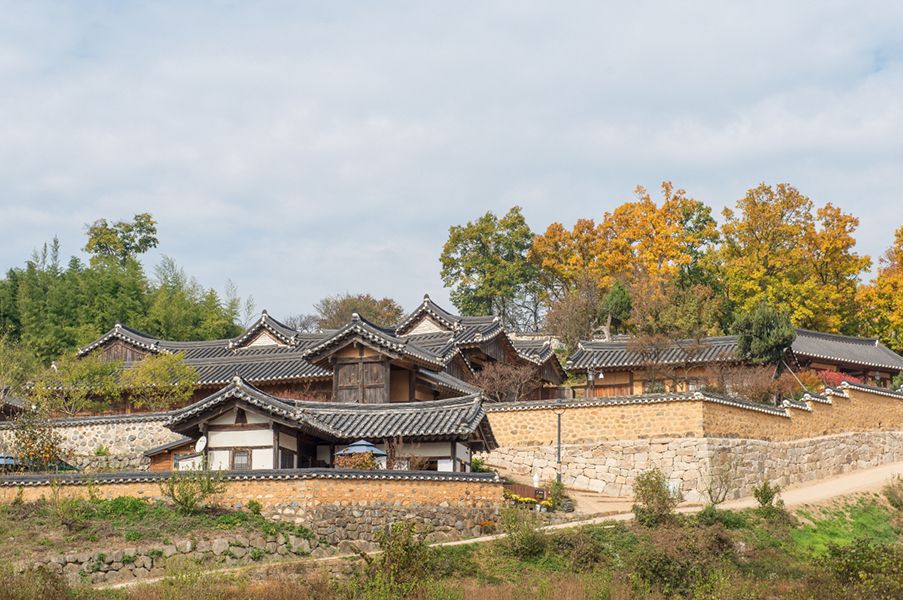Created in the 14th-15th century, the Hahoe and Yangdong Villages cherish the tradition of a clan village, which was the representative form of villages during the Joseon era. Backed by wooded mountains, the villages face the river and open farmlands. The location and arrangement of the villages well reflect the Confucian culture of the noble class in the initial period of the Joseon Dynasty. In the villages, traditional buildings are located in a harmonious way. The buildings include wooden houses where the head families and aristocrats lived, pavilions, private educational institutions or seowon, shrines as well as earthen and thatched-roof houses where commoners lived. Traditional housing culture, the manifestation of the social structure and the unique Confucian culture of the noble class in the Joseon era, has been kept intact for a long time.
Discover Korea's World Heritage
Historic Villages of Korea: Hahoe and Yangdong
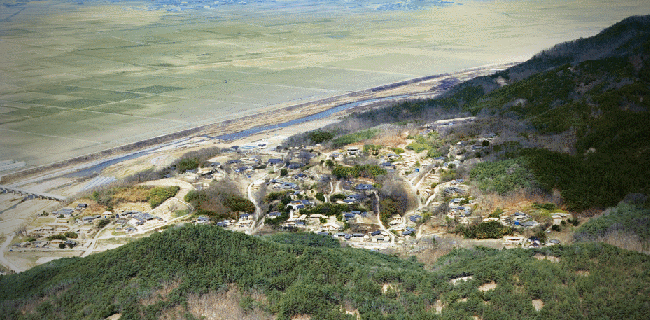
Source: Cultural Heritage Administration
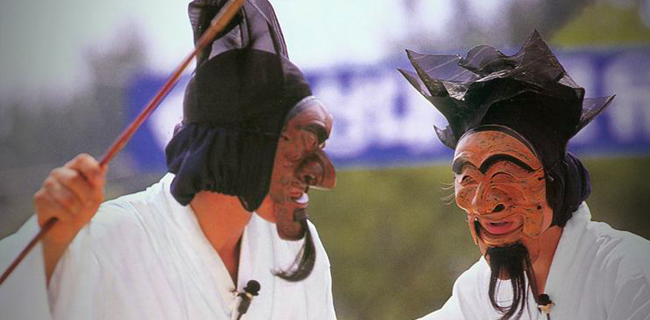
Hahoe and Yangdong Become UNESCO World Heritage Sites
Source: KBS
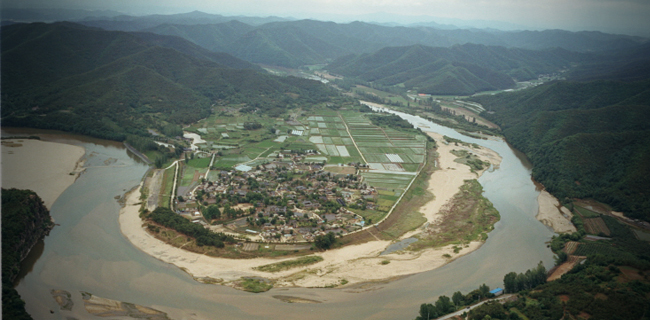
Hahoe Village
Source: KBS
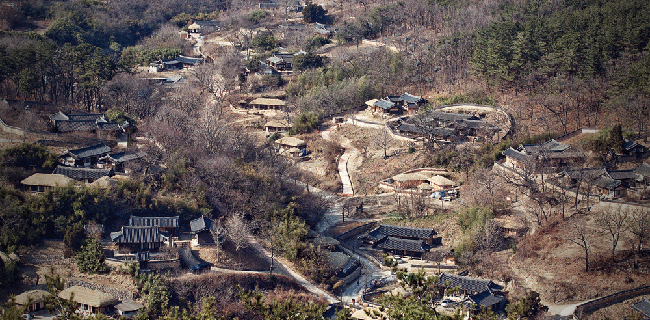
Yangdong Village in Gyeongju
Source: KBS
- Hahoe Village in Andong
Source: Cultural Heritage Administration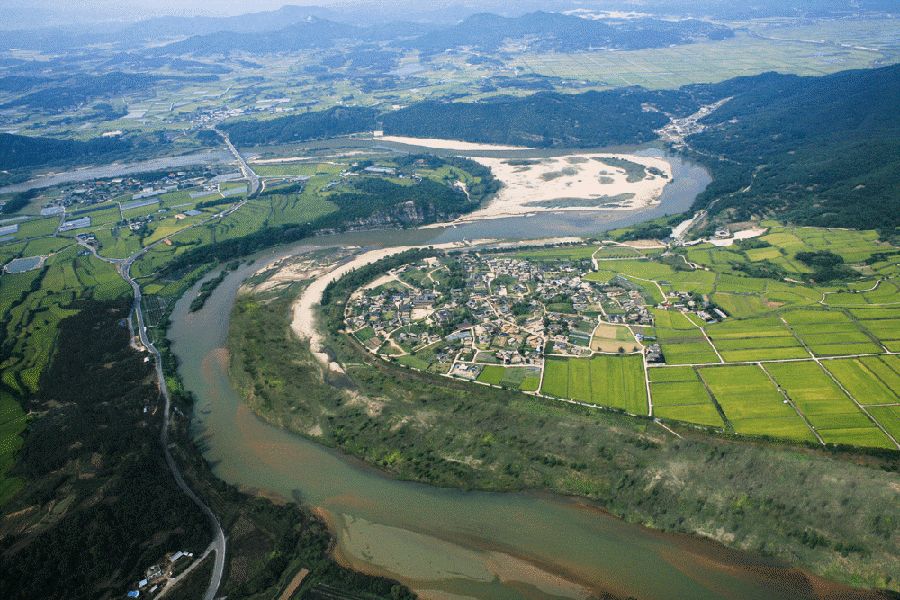
- Hahoe Village in Andong
Source: Cultural Heritage Administration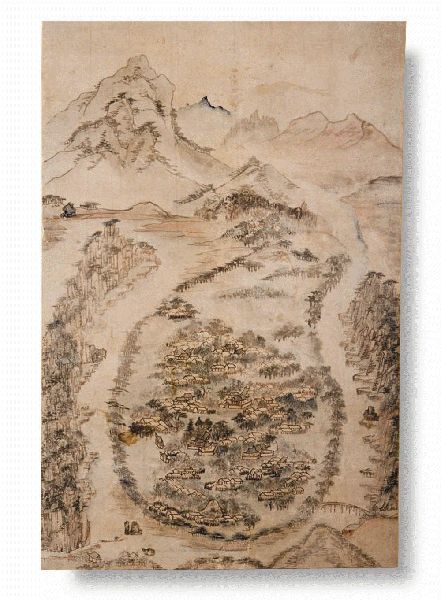
- Hahoe Village in Andong
Source: Cultural Heritage Administration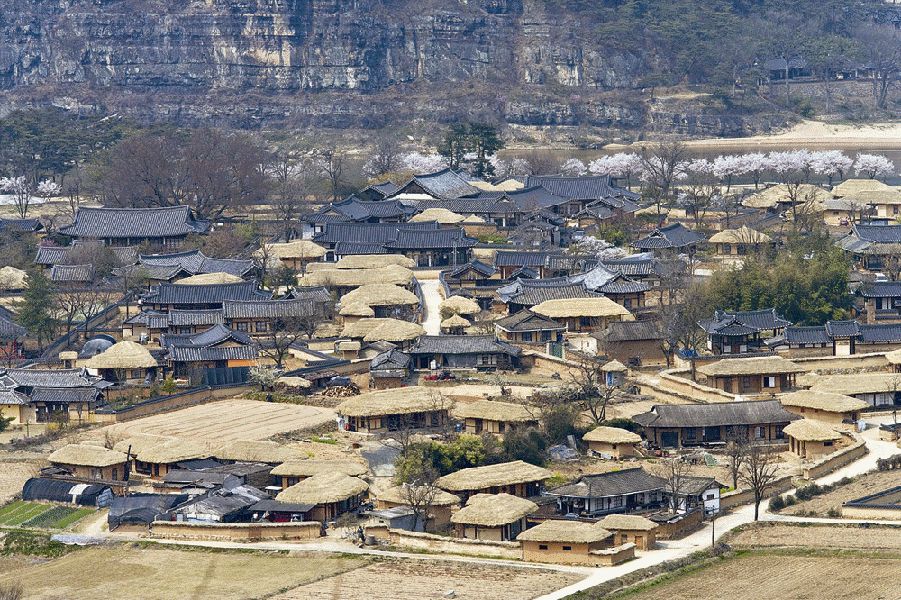
- Hahoe Village in Andong
Source: Cultural Heritage Administration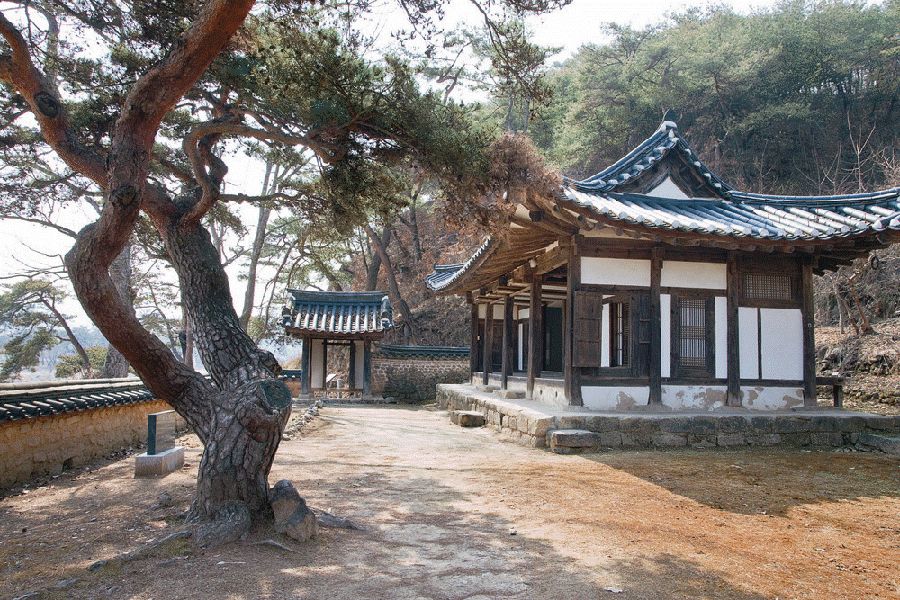
- Yangdong Village in Gyeongju
Source: Cultural Heritage Administration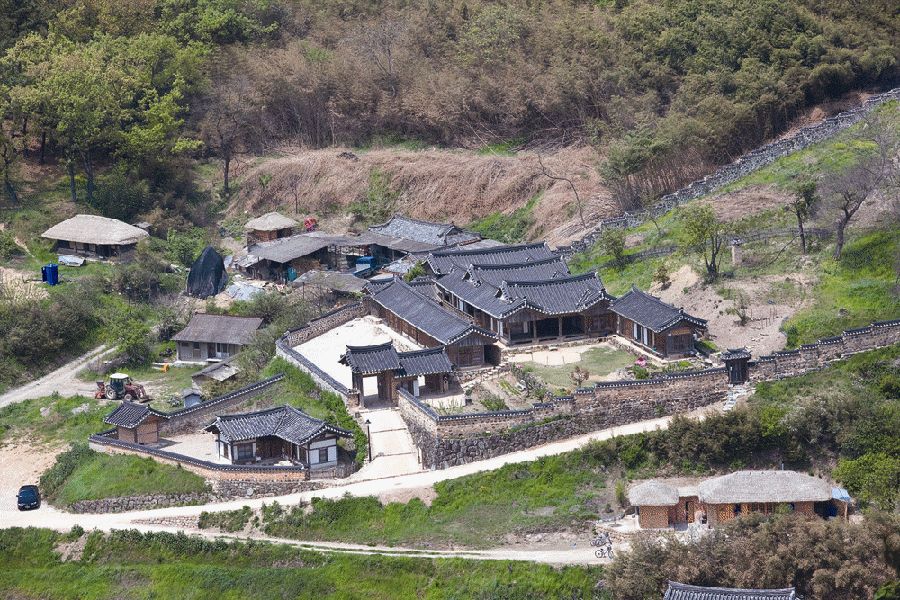
- Yangdong Village in Gyeongju
Source: Cultural Heritage Administration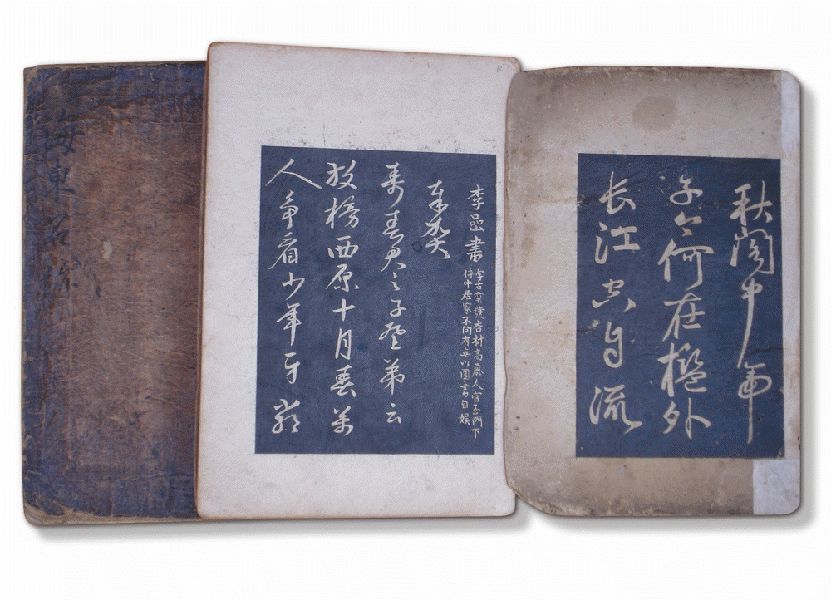
- Yangdong Village in Gyeongju
Source: Cultural Heritage Administration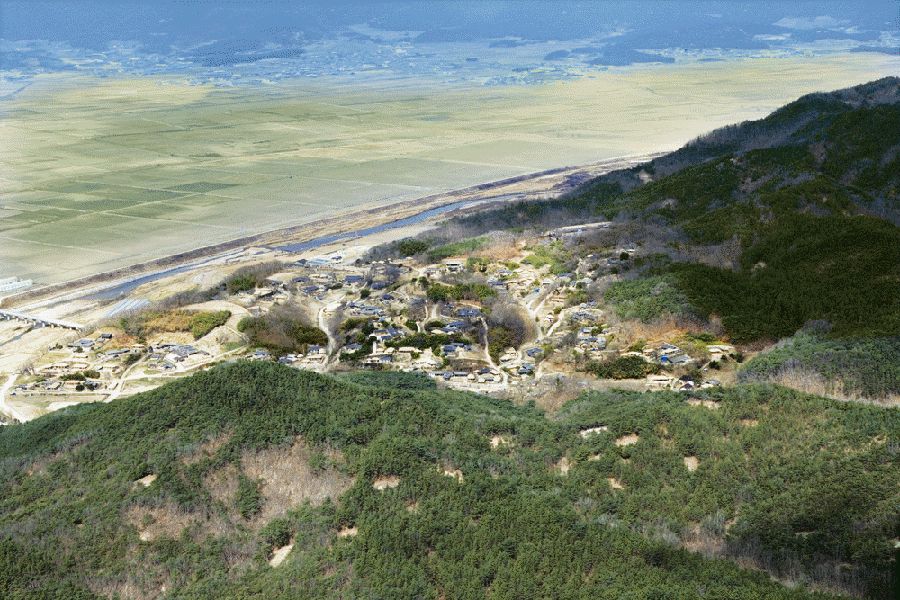
- Yangdong Village in Gyeongju
Source: Cultural Heritage Administration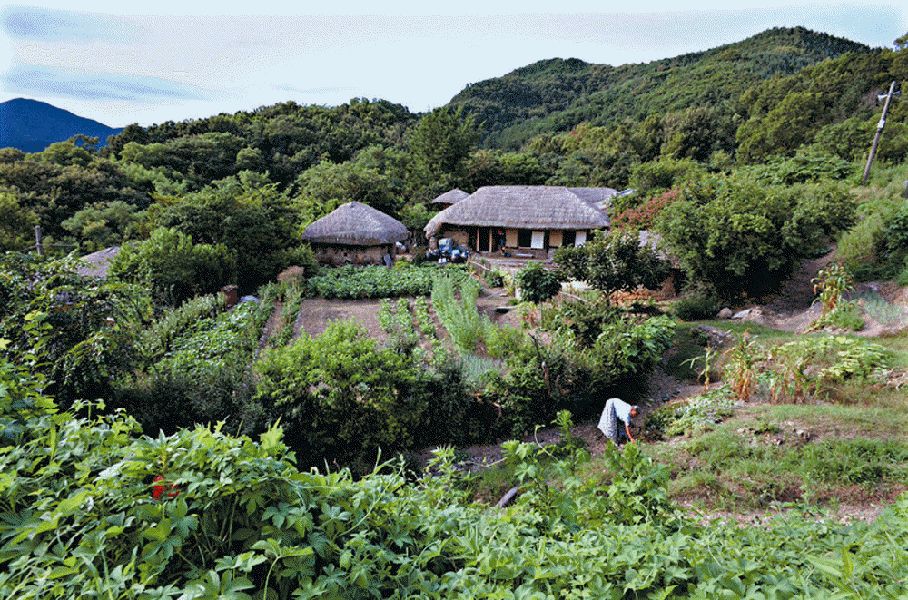
- Yangdong Village in Gyeongju
Source: Cultural Heritage Administration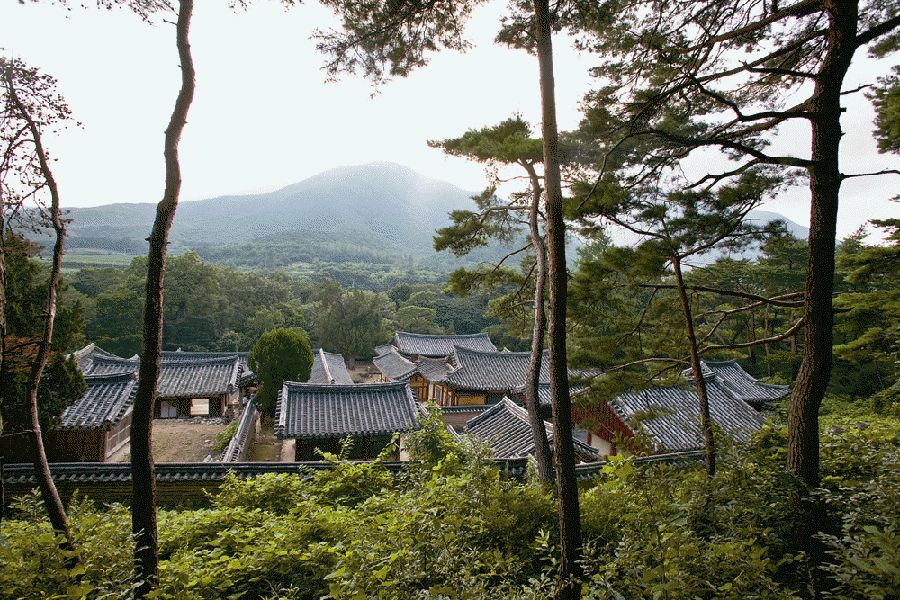
- Yangdong Village in Gyeongju
Source: Cultural Heritage Administration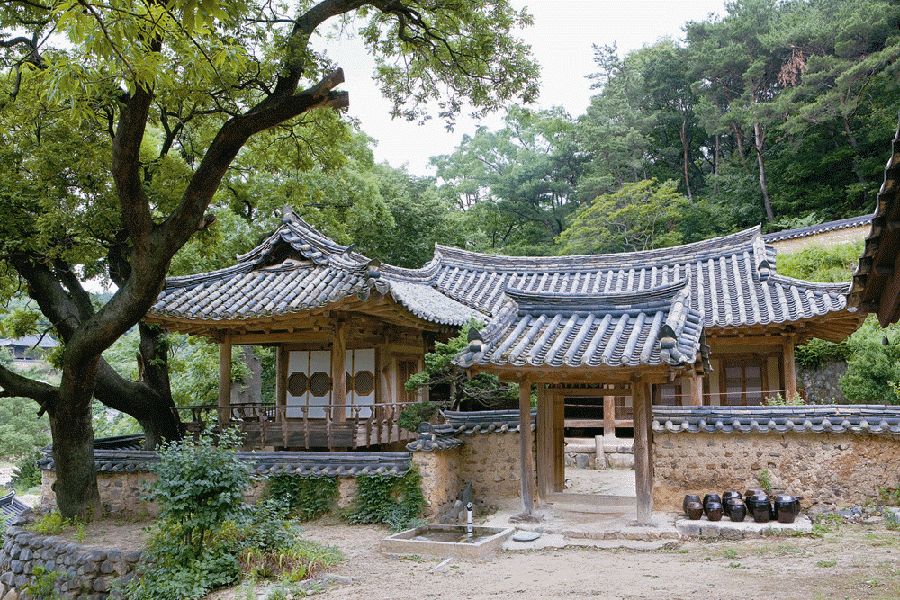
- Yangdong Village in Gyeongju
Source: Cultural Heritage Administration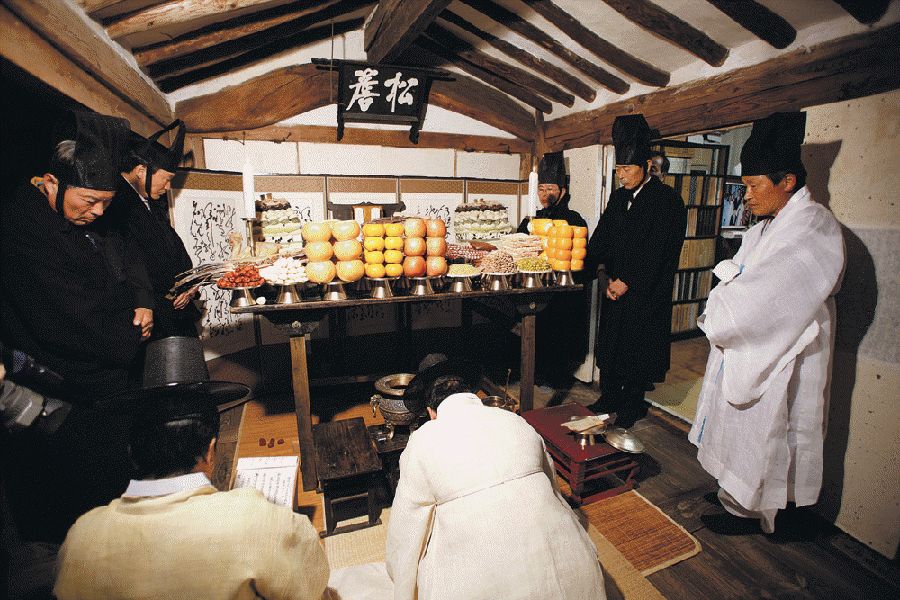
- Yangdong Village in Gyeongju
Source: Cultural Heritage Administration
- Yangdong Village in Gyeongju
Source: Cultural Heritage Administration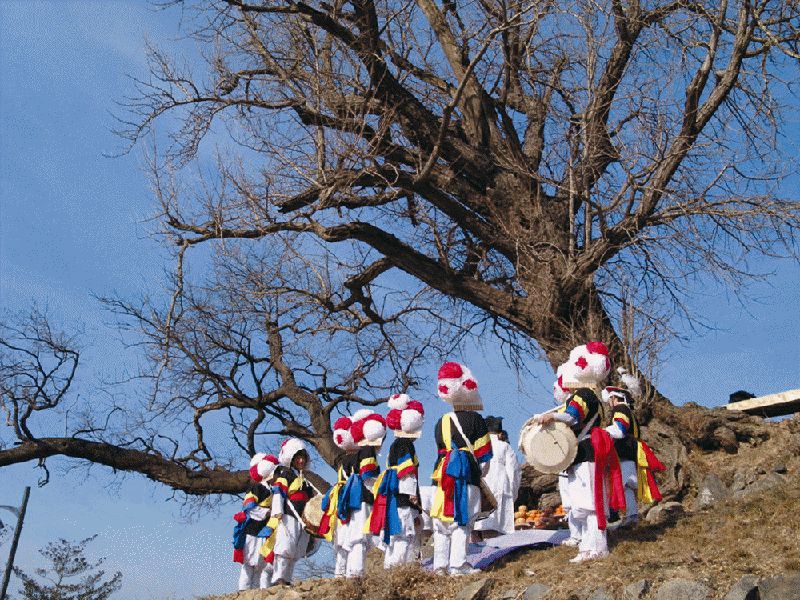
- Yangdong Village in Gyeongju
Source: Cultural Heritage Administration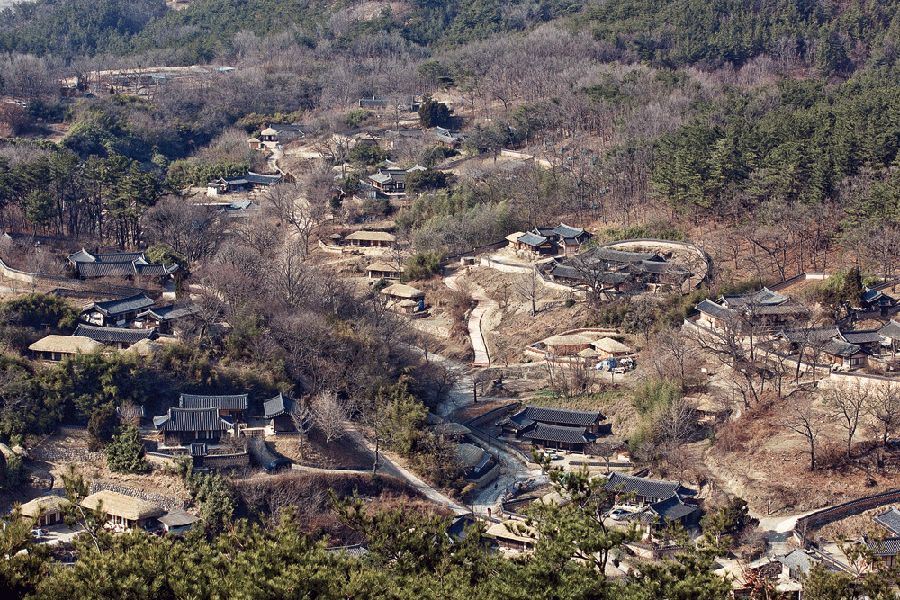
- Hahoe Village in Andong
Source: Cultural Heritage Administration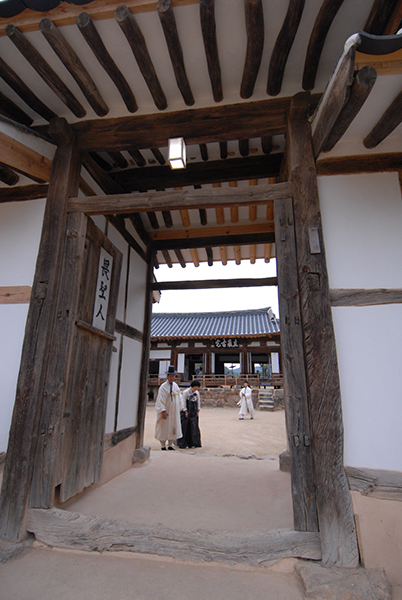
- Hahoe Village in Andong
Source: Cultural Heritage Administration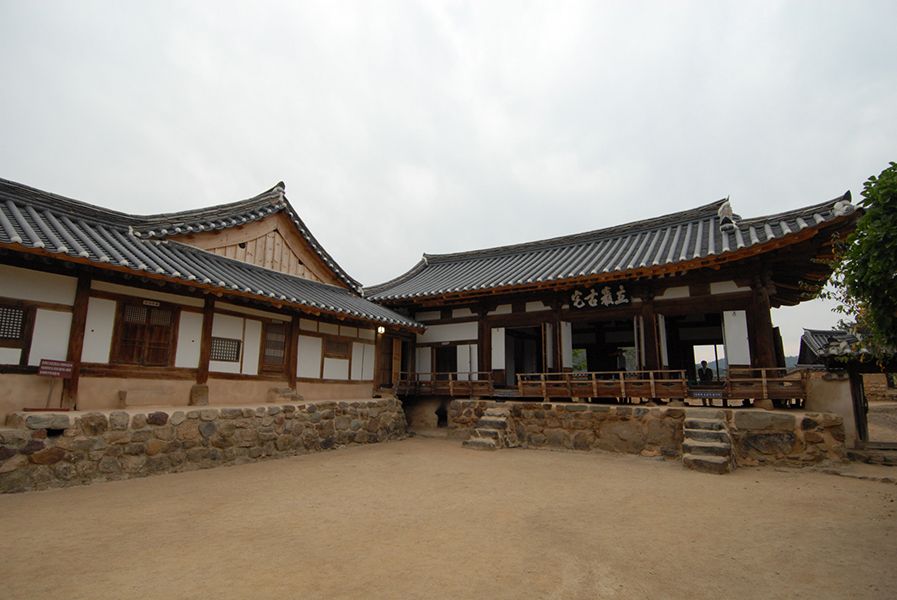
- Hahoe Village in Andong
Source: Cultural Heritage Administration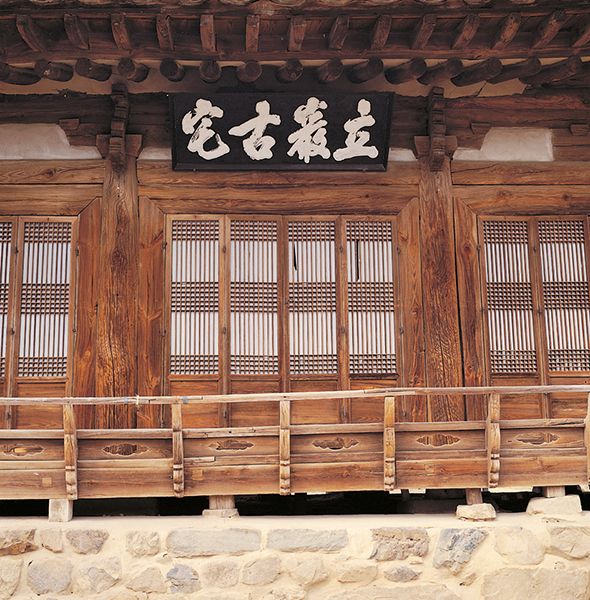
- Hahoe Village in Andong
Source: Cultural Heritage Administration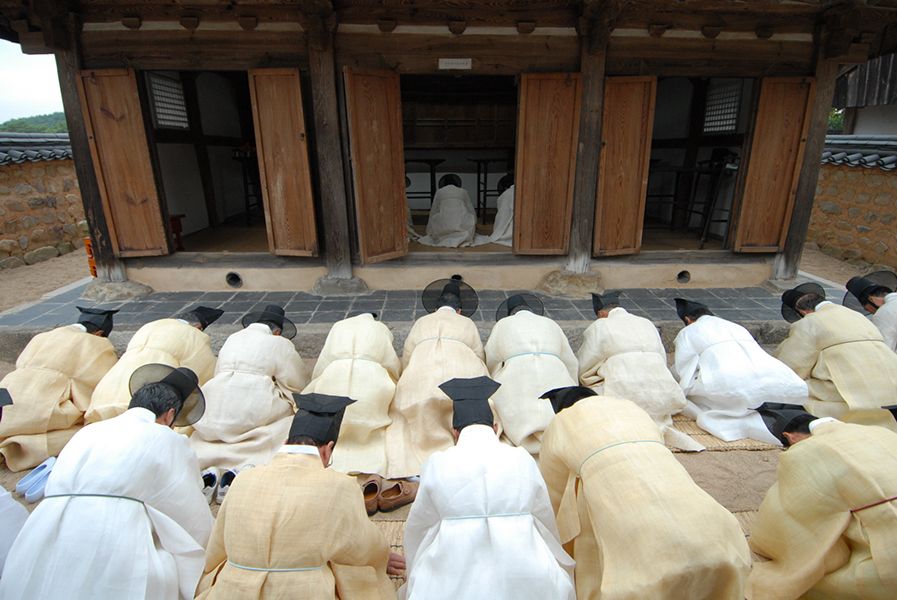
- Hahoe Village in Andong
Source: Cultural Heritage Administration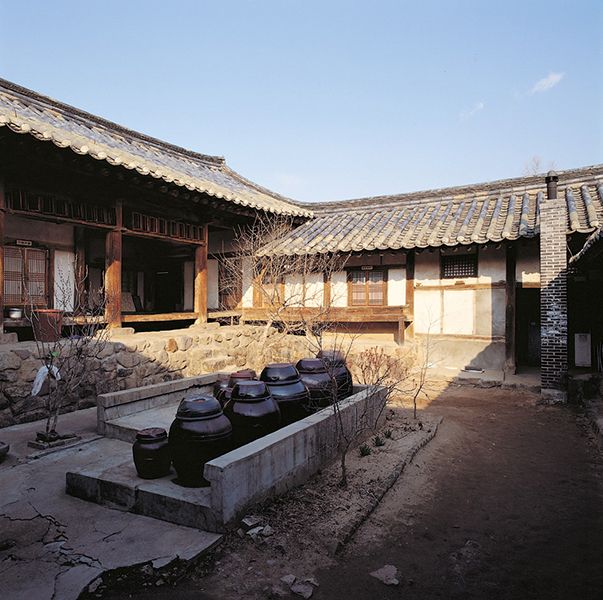
- Hahoe Village in Andong
Source: Cultural Heritage Administration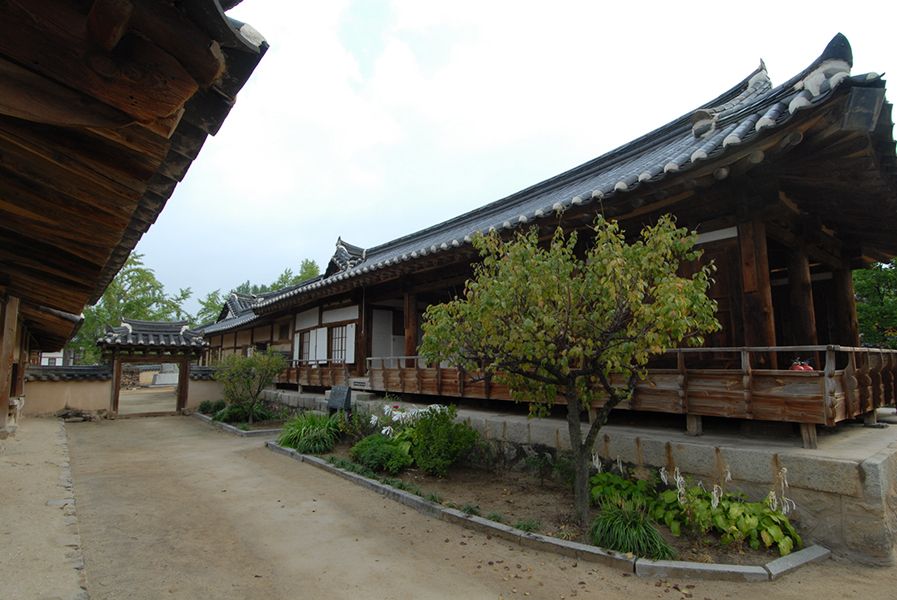
- Hahoe Village in Andong
Source: Cultural Heritage Administration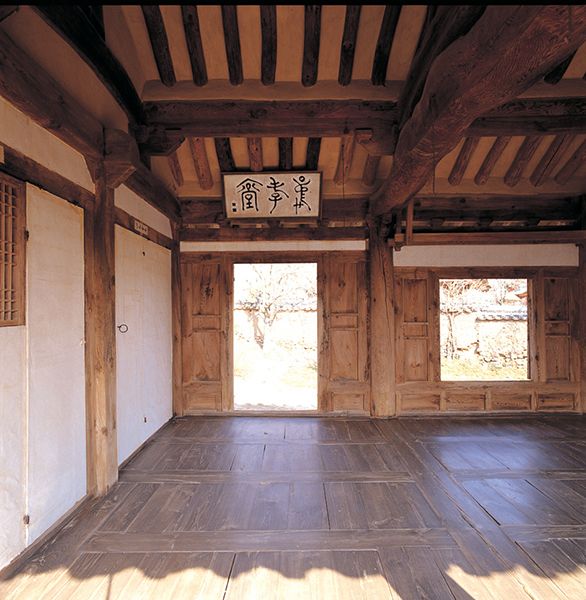
- Hahoe Village in Andong
Source: Cultural Heritage Administration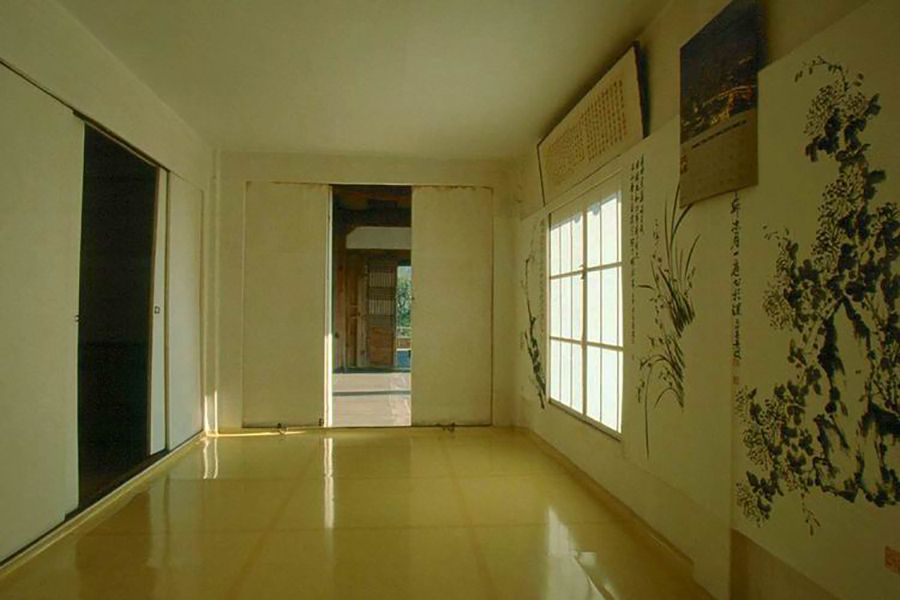
- Hahoe Village in Andong
Source: Cultural Heritage Administration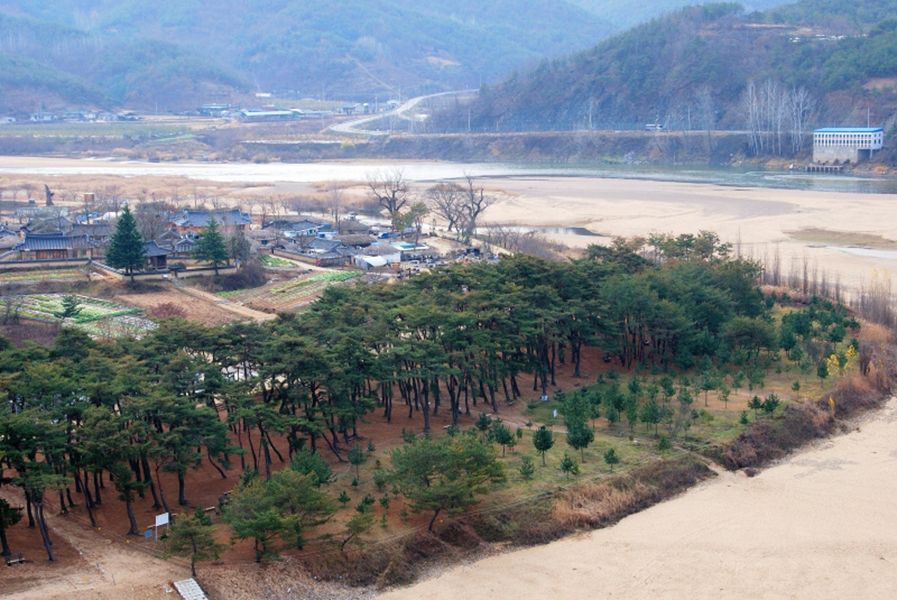
- Hahoe Village in Andong
Source: Cultural Heritage Administration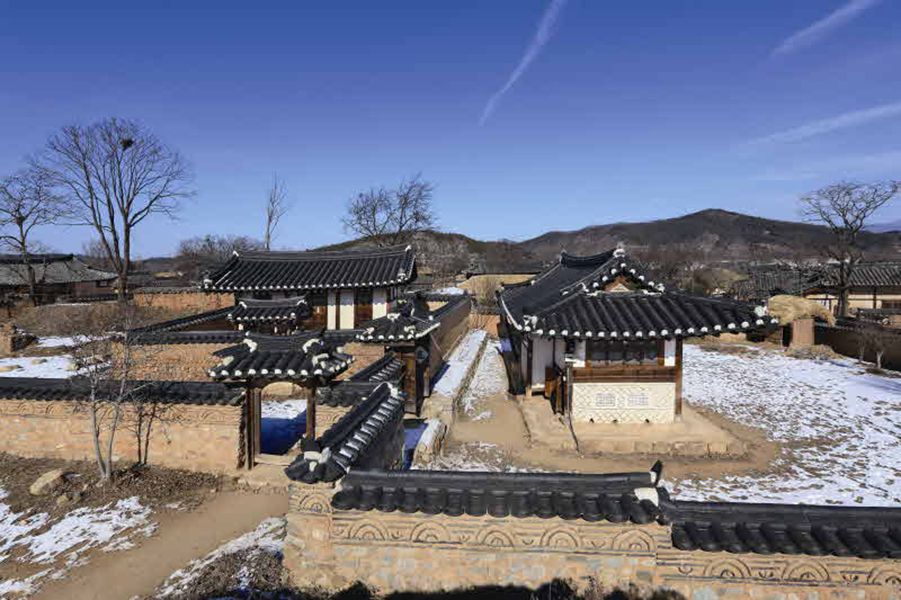
- Hahoe Village in Andong
Source: Cultural Heritage Administration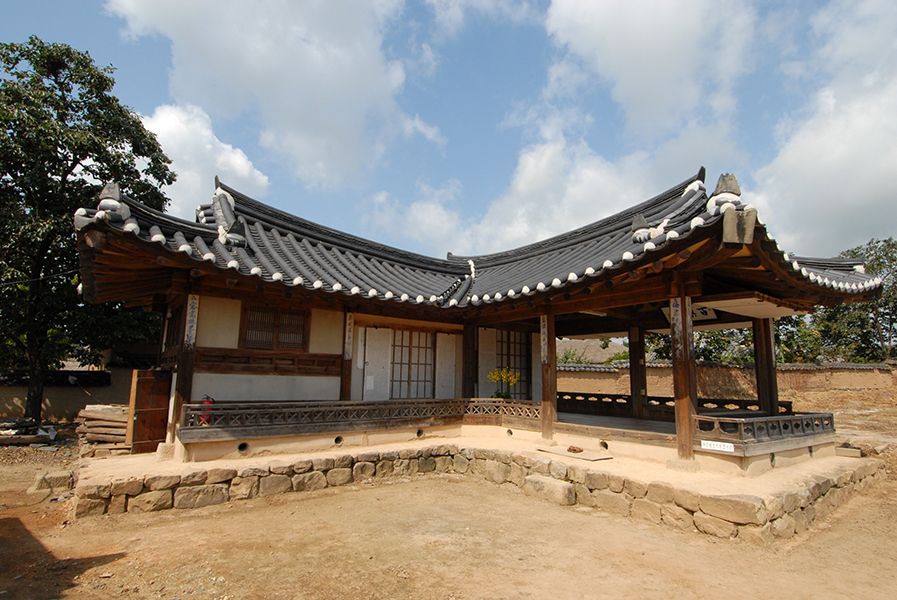
- Hahoe Village in Andong
Source: Cultural Heritage Administration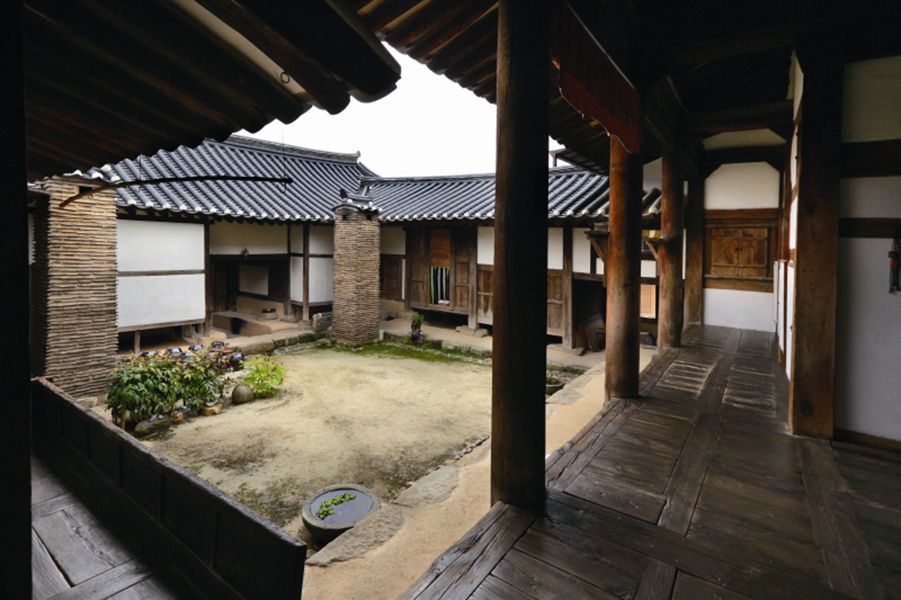
- Hahoe Village in Andong
Source: Cultural Heritage Administration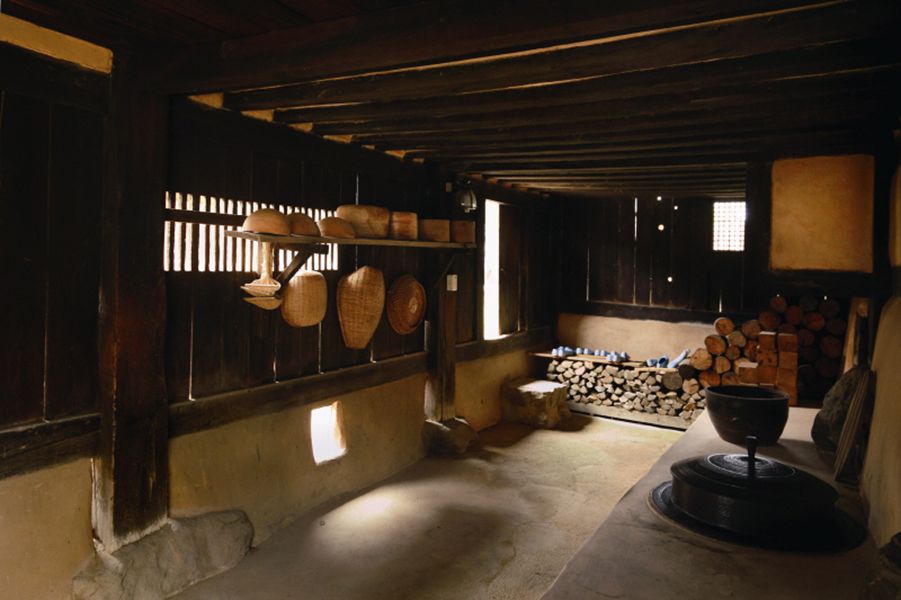
- Hahoe Village in Andong
Source: Cultural Heritage Administration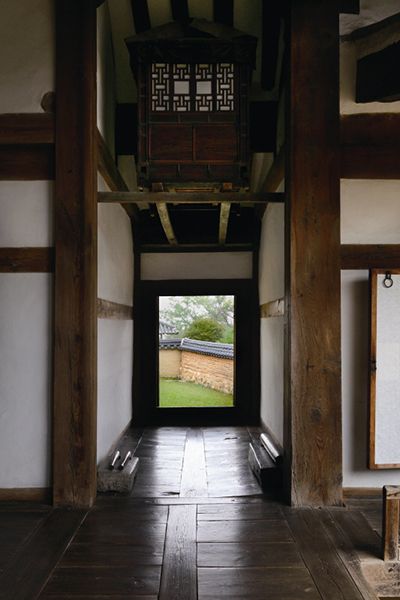
- Hahoe Village in Andong
Source: Cultural Heritage Administration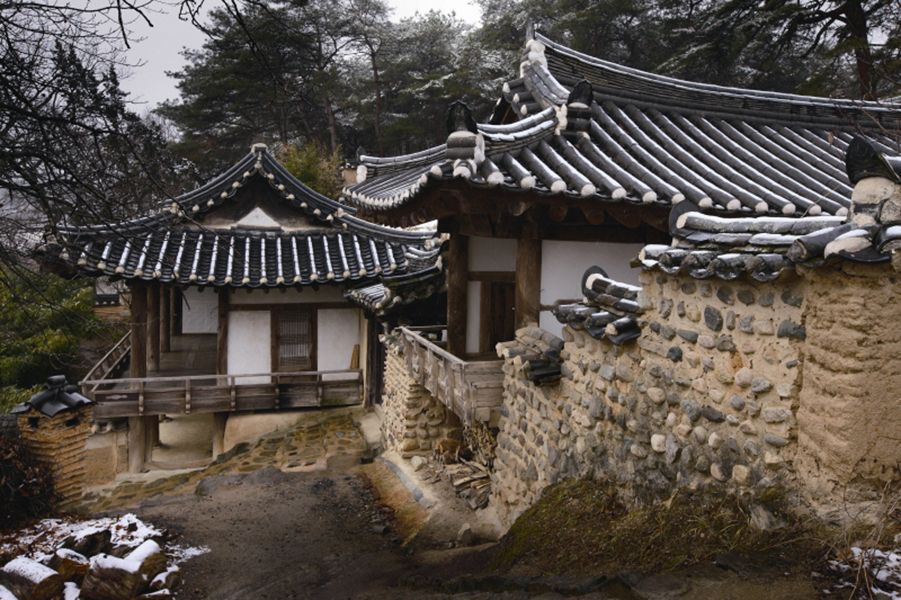
- Hahoe Village in Andong
Source: Cultural Heritage Administration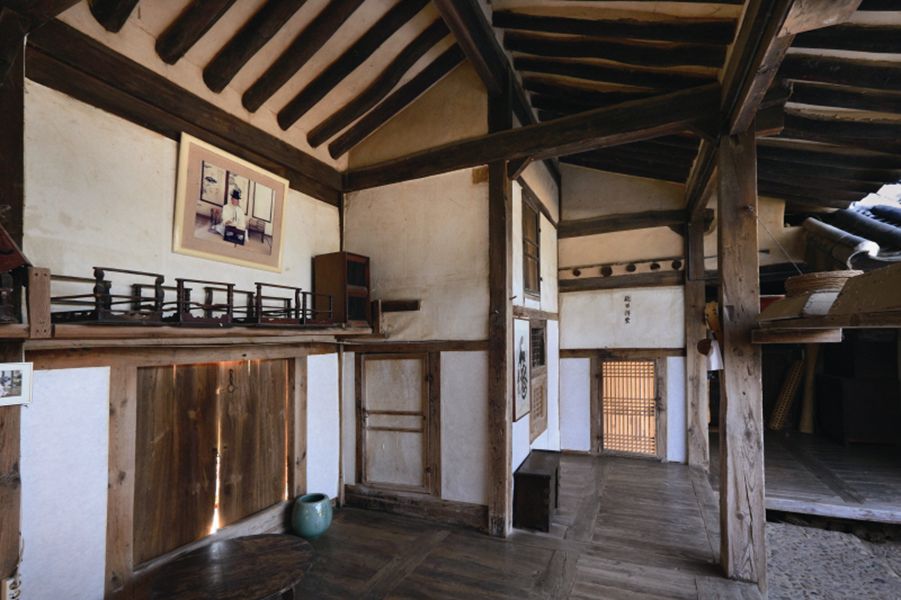
- Hahoe Village in Andong
Source: Cultural Heritage Administration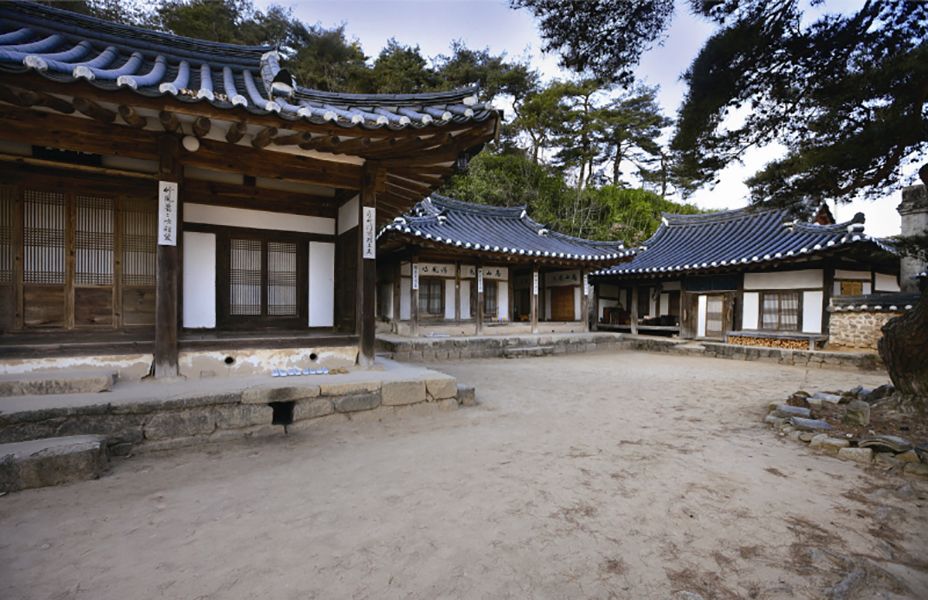
- Hahoe Village in Andong
Source: Cultural Heritage Administration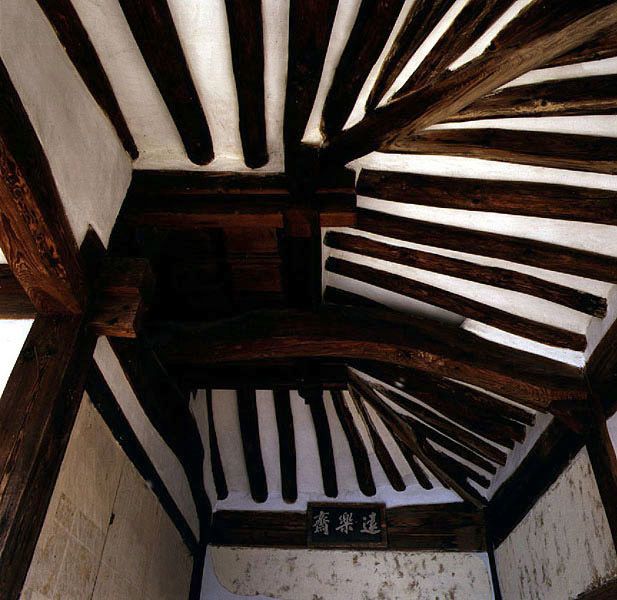
- Hahoe Village in Andong
Source: Cultural Heritage Administration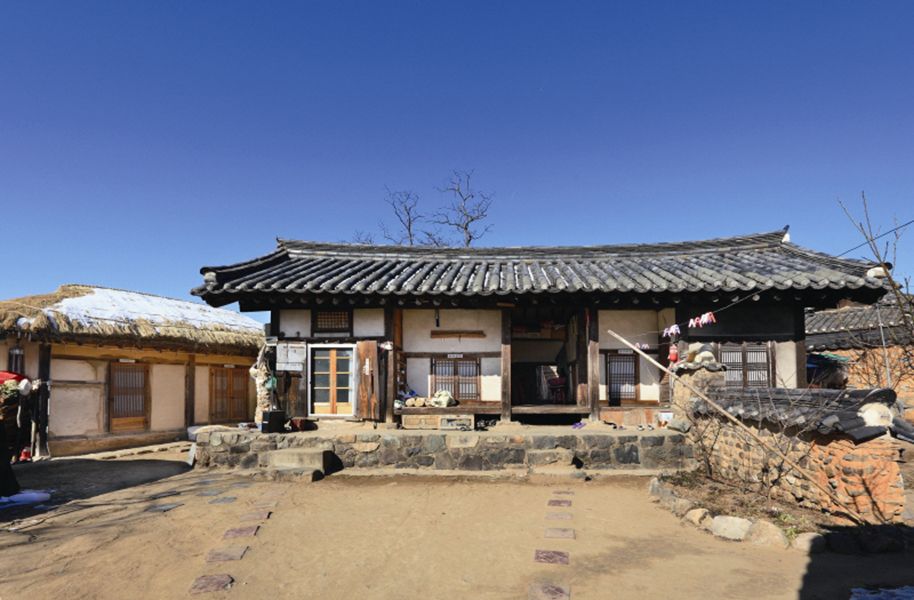
- Hahoe Village in Andong
Source: Cultural Heritage Administration
- Hahoe Village in Andong
Source: Cultural Heritage Administration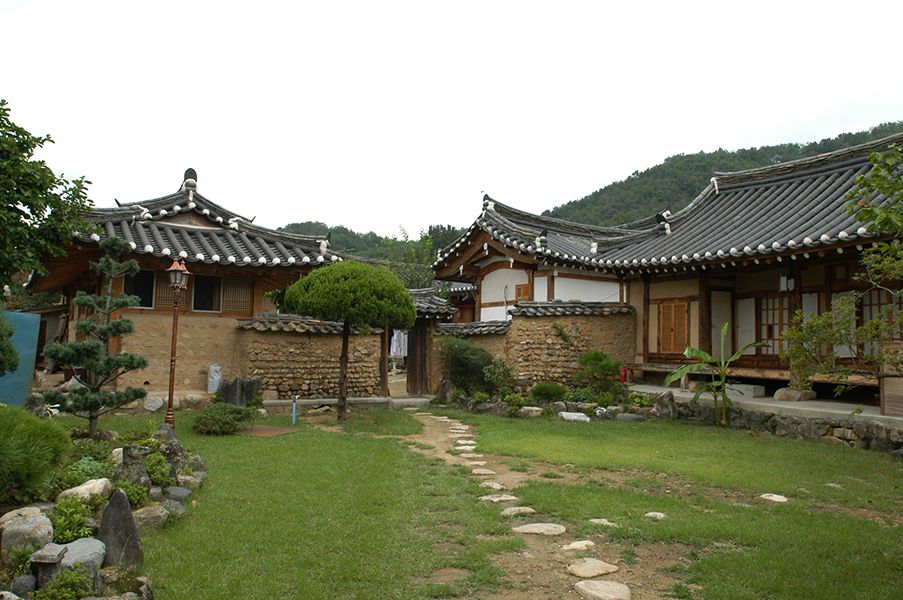
- Yangdong Village in Gyeongju
Source: Cultural Heritage Administration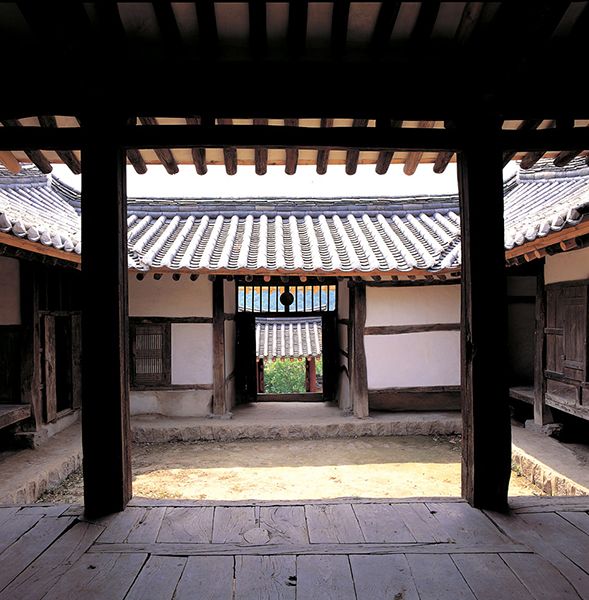
- Yangdong Village in Gyeongju
Source: Cultural Heritage Administration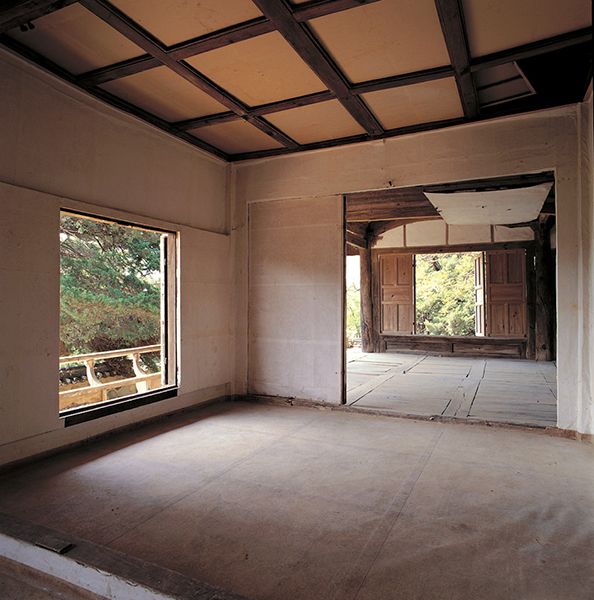
- Yangdong Village in Gyeongju
Source: Cultural Heritage Administration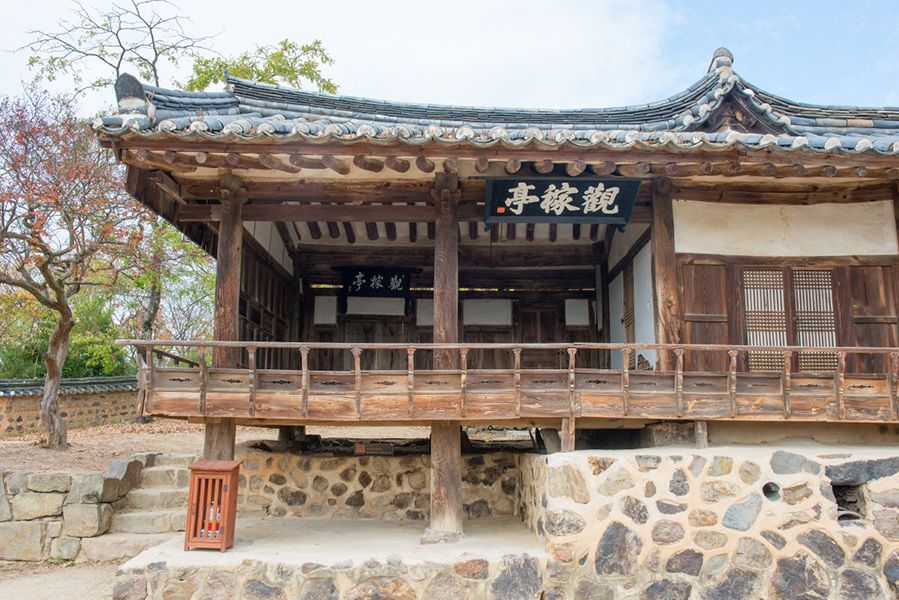
- Yangdong Village in Gyeongju
Source: Cultural Heritage Administration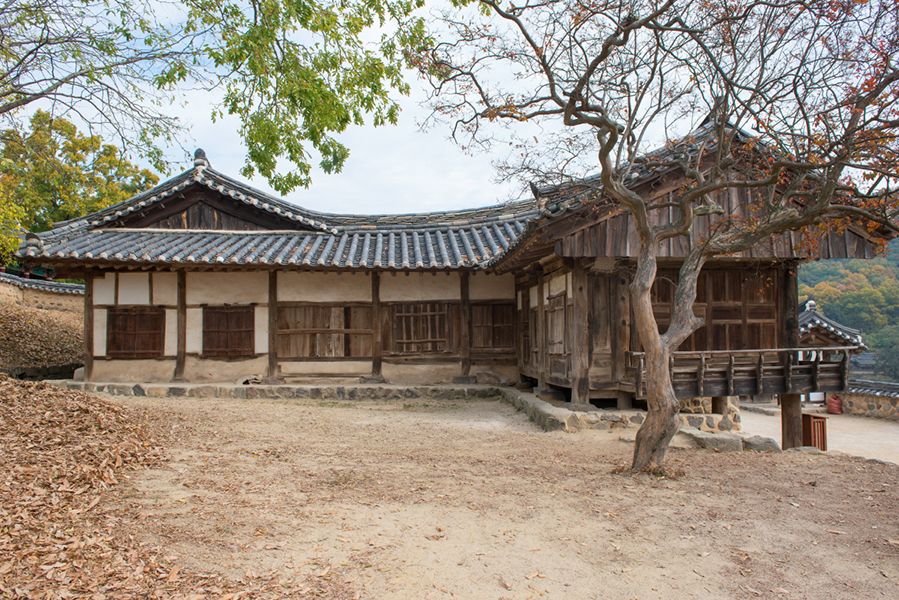
- Yangdong Village in Gyeongju
Source: Cultural Heritage Administration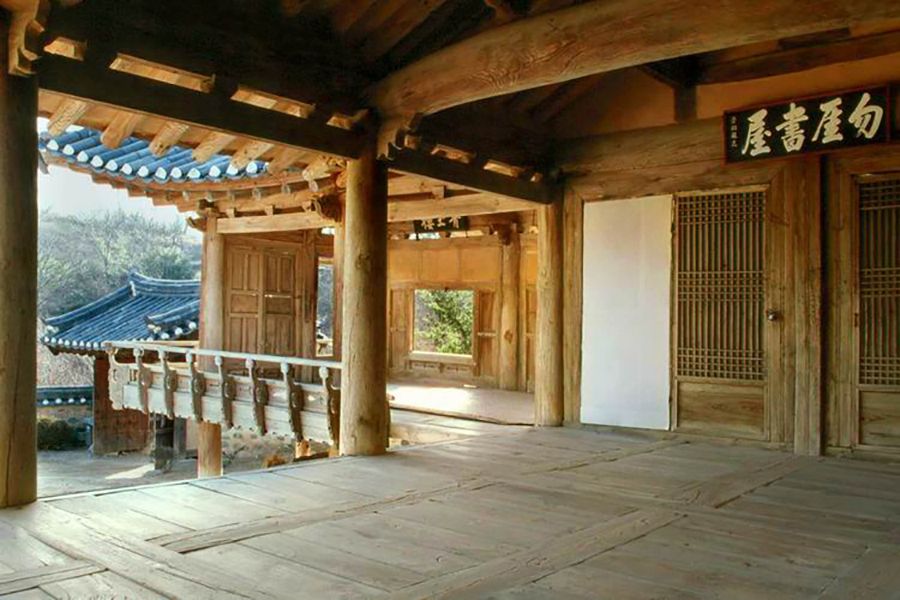
- Yangdong Village in Gyeongju
Source: Cultural Heritage Administration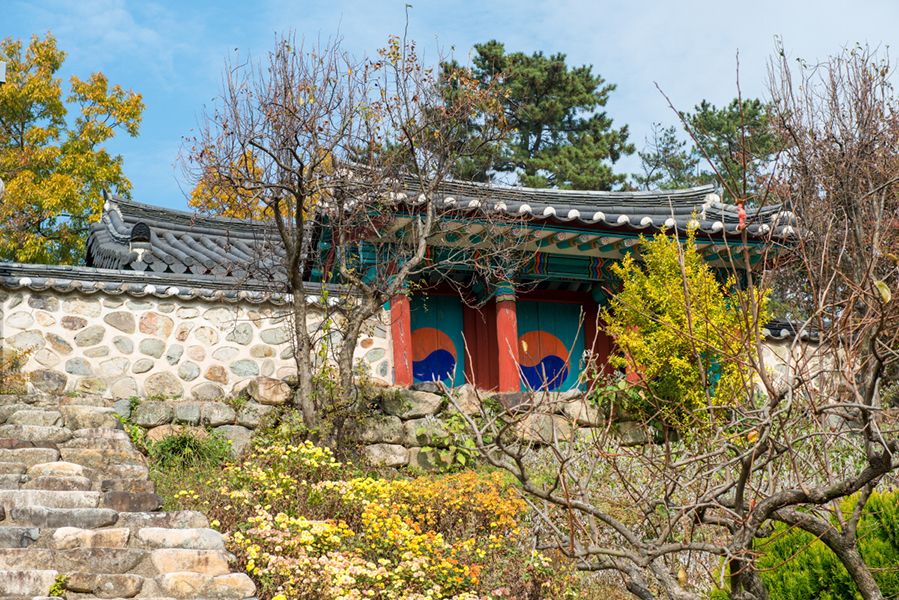
- Yangdong Village in Gyeongju
Source: Cultural Heritage Administration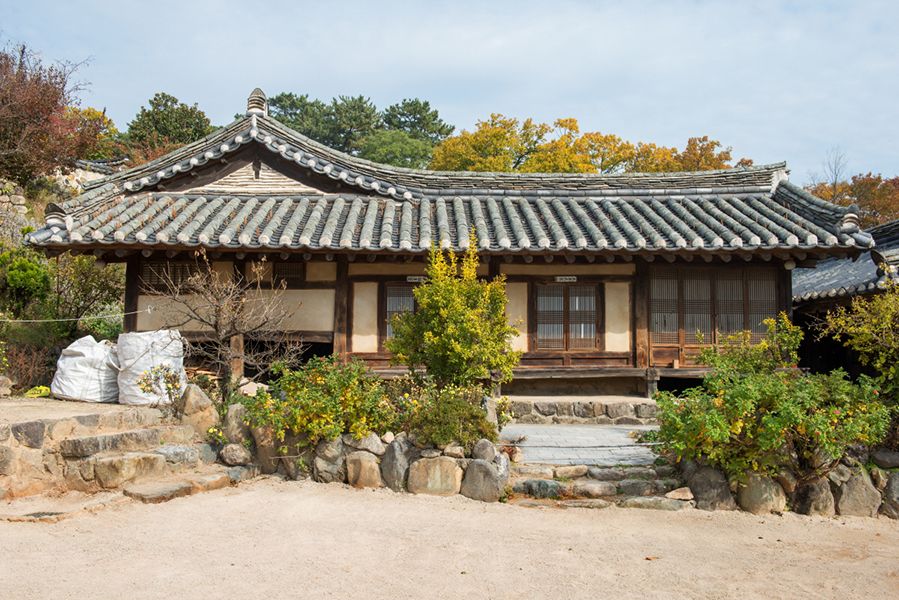
- Yangdong Village in Gyeongju
Source: Cultural Heritage Administration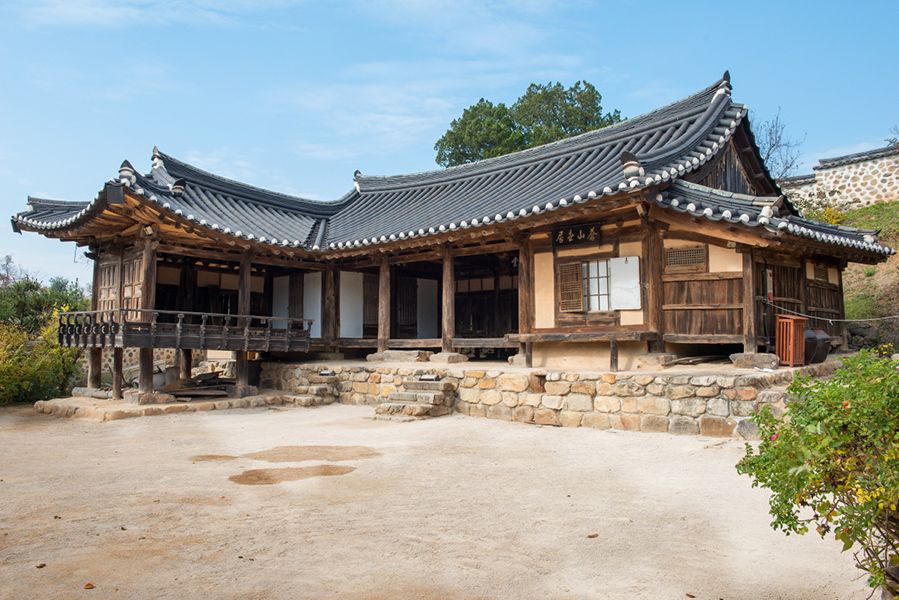
- Yangdong Village in Gyeongju
Source: Cultural Heritage Administration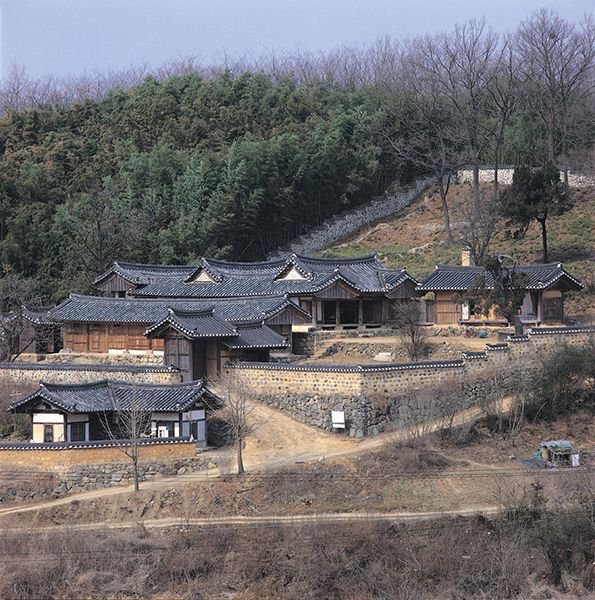
- Yangdong Village in Gyeongju
Source: Cultural Heritage Administration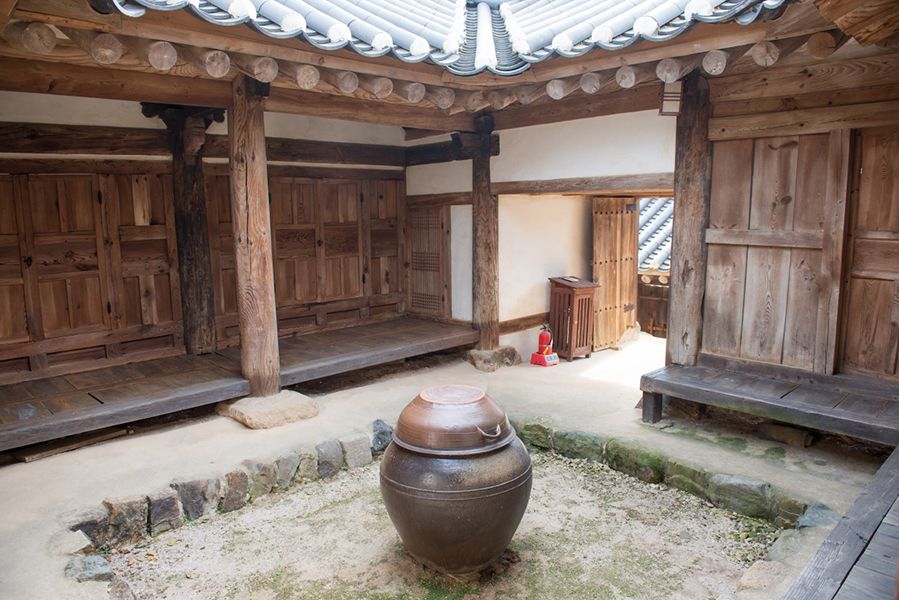
- Yangdong Village in Gyeongju
Source: Cultural Heritage Administration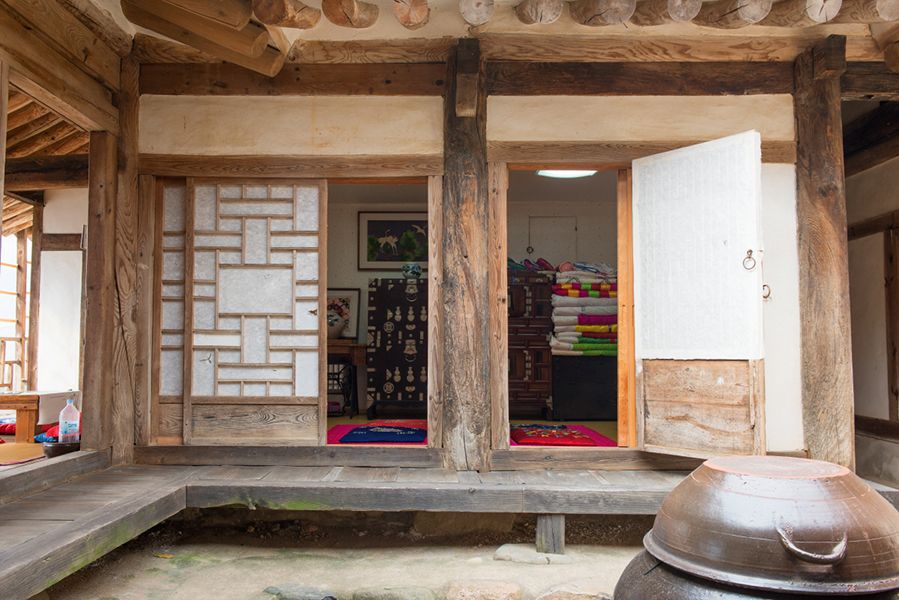
- Yangdong Village in Gyeongju
Source: Cultural Heritage Administration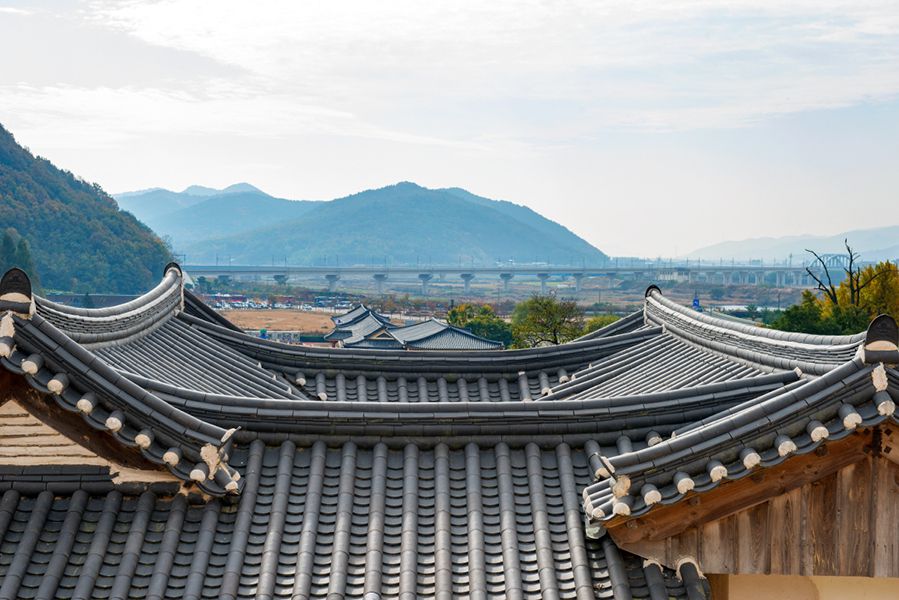
- Yangdong Village in Gyeongju
Source: Cultural Heritage Administration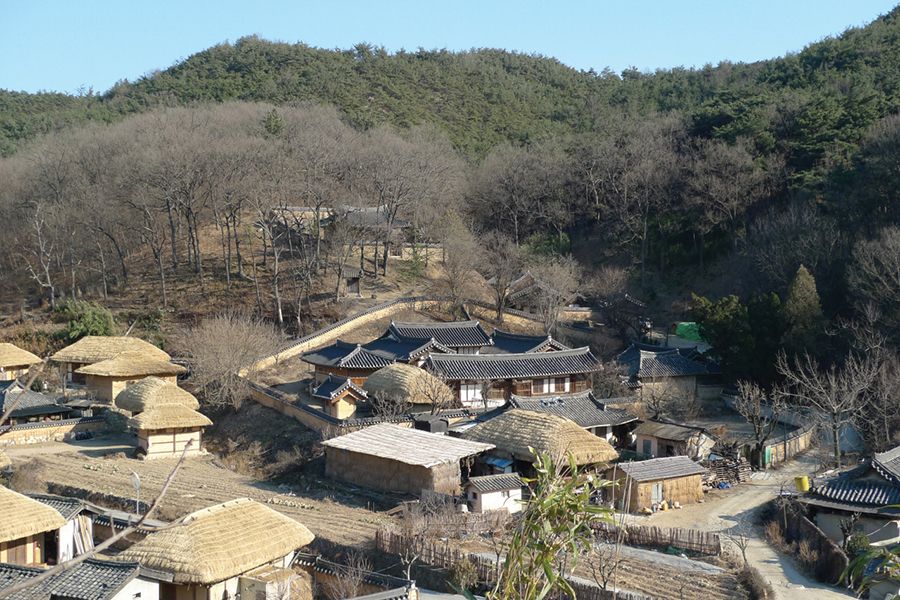
- Yangdong Village in Gyeongju
Source: Cultural Heritage Administration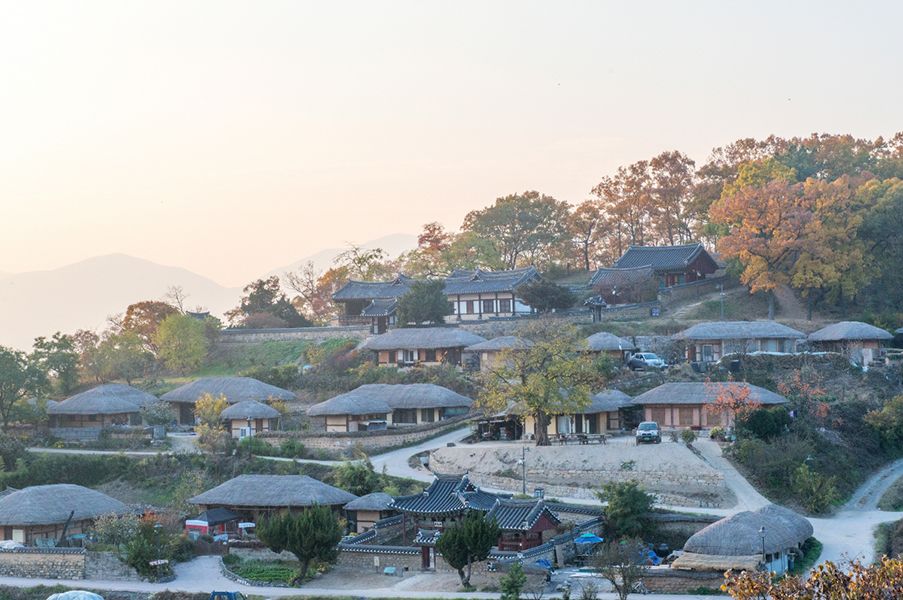
- Yangdong Village in Gyeongju
Source: Cultural Heritage Administration